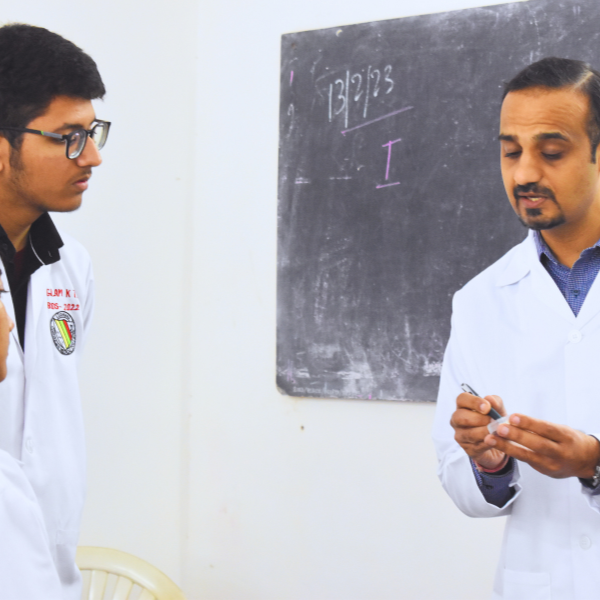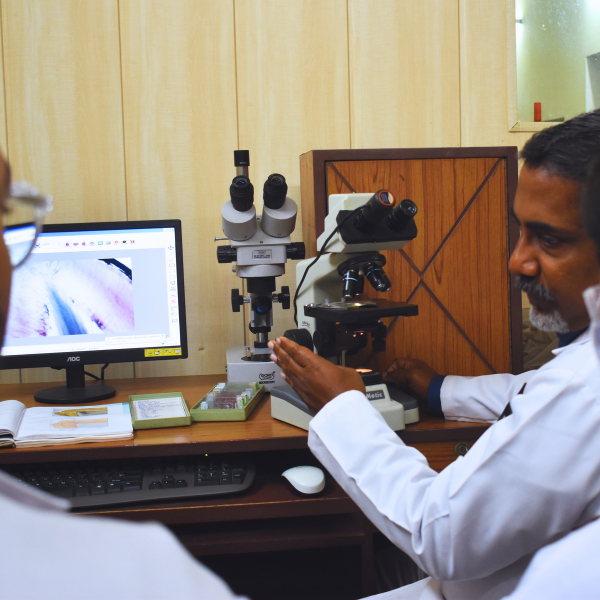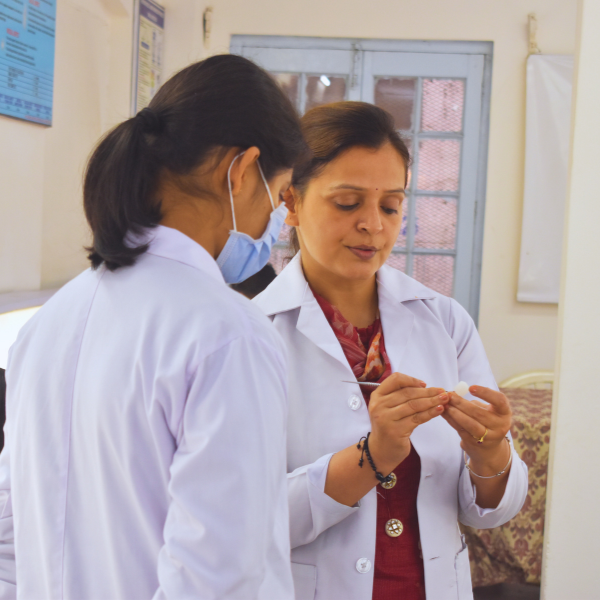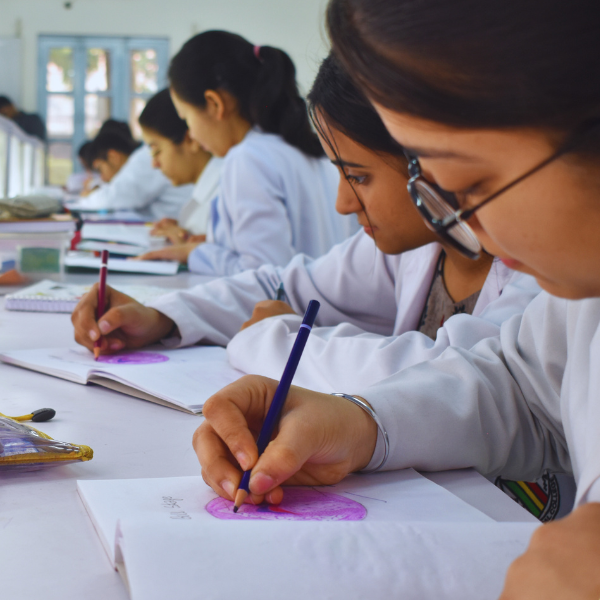Oral & Maxillofacial Pathology
What is Oral Pathology ?
Oral and Maxillofacial Pathology is the specialty of dentistry and pathology that deals with the nature, identification, and management of diseases affecting the oral and maxillofacial regions. It is a science that investigates the causes, processes, and effects of these diseases. The practice of oral pathology includes research, diagnosis of diseases using clinical, radiographic, microscopic, biochemical, or other examinations.
Why choose us?
Our department provides a full range of diagnostic services including a comprehensive evaluation, review of medical history and radiographic images. When indicated, special stains, immunohistochemical and molecular diagnostic assessments are performed. In addition, we offer second-opinion consultation services, reviewing slides referred to us. We encourage any practitioner with a question or concern related to Oral and Maxillofacial Pathology to communicate directly with us. We would be happy to discuss cases or answer questions related to the diagnosis of the oral disease.
- Histopathology
- Cytology
- Oral Microbiology
- Haematology
- Forensic Odontology
- Stereomicroscope
- Polarizing and photomicrography
- Image analysis system
1st BDS: Dental Anatomy, Embryology and Oral Histology
Learning Outcomes: The student is expected to;
- Understand the physiological development, morphology, structure, functions, ageing process of oral/dental tissues and clinical implications in different pathological states.
- Understand the histological basis of various dental treatment procedures in the dental tissues
- Be able to appreciate the histology of oral/dental tissues using light microscopy.
- Understand the morphology of teeth and develop psychomotor skills through carving of teeth in wax blocks.
- Basic laboratory techniques: Ground sectioning and Oral histochemistry
2nd BDS and 3rd BDS: Oral Pathology, Oral Microbiology and Forensic Odontology
Learning Outcomes: The student is expected to;
- Know the basic classifications of oral diseases.
- Have an understanding of basic epidemiological concepts such as frequency, incidence and age standardized incidence rates.
- Understand the etiology and pathogenesis of oral diseases.
- Be able to describe basic histological characteristics of the more common oral diseases. They should be able to recognize basic pathological processes.
- Be able to diagnose simple oral diseases with the use of a light microscope.
- Be equipped to identify the relevant clinical and radiographic features for a provisional diagnosis and correlate this with histopathologic characteristics to arrive at a confirmatory diagnosis. Through this, they should be in a position to come up with an appropriate treatment plan.
Internship: Training of Interns with history recording and clinical examination; Case based discussions. Recent advances in the speciality. Biopsy – Laboratory procedures and Reporting -Hands on training on Exfoliative cytology and Smear studies including the use of vital staining for screening of Potentially malignant and malignant disorders; Haematology and Biochemistry procedures.
Gallery






Frequently Asked Questions
The turnaround time for biopsy results may vary depending on the complexity of the case and the type of analysis required. Generally, histopathological examination results are available within 4 working days. However, urgent cases may be prioritized for quicker processing.
Oral pathology diagnoses are typically made through a combination of clinical examination, medical history review, imaging studies (such as X-rays or CT scans), and laboratory tests (such as biopsies or cytology examinations). These diagnostic tools help oral pathologists identify the underlying cause of oral diseases or abnormalities accurately.
Yes, oral pathology plays a crucial role in the early detection of oral cancer. Regular oral examinations, including visual inspection of oral tissues and screening tests, can help identify suspicious lesions or abnormalities at an early stage when treatment is most effective.
Oral Cancer
Oral potentially malignant disorders (OPMDs)
Odontogenic Cysts and Tumors
Oral infections (e.g., Fungal infections, Viral infections)
Salivary gland diseases
A biopsy is a procedure in which a small sample of tissue is removed from the body for examination under a microscope. In oral pathology, biopsies are commonly performed to diagnose oral lesions or suspicious areas. The procedure involves numbing the area with local anesthesia, removing a small piece of tissue using a scalpel or biopsy punch, and sending it to the laboratory for analysis.








